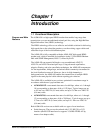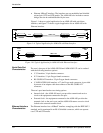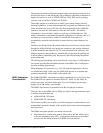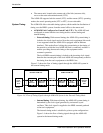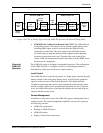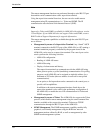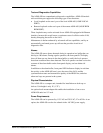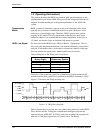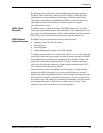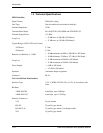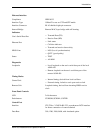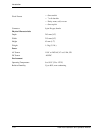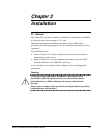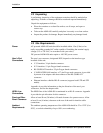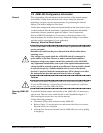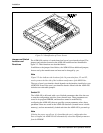
Introduction
ASMi-450 Installation and Operation Manual 1-9
By reducing the line symbol rate, the maximum range that can be reached is
increased. This is achieved by offering several versions of ASMi-450, each
operating up to a given maximum rate. Together with the advanced digital
signal processing techniques implemented in HDSL systems, this results in a
robust data transmission system that can reliably operate over regular
unconditioned local loops.
HDSL Signal
Structure
The HDSL signal is organized in frames. The HDSL frames carry user data,
framing and synchronization data, and overhead data. The overhead data is used
for a supervision and management channel, called embedded operations channel
(EOC) that serves for status transfer, diagnostic loopbacks and tests, etc.
HDSL-Related
System Functions
The HDSL subsystem performs the following main functions:
• Mapping of input data bits into frames.
• Start-up process.
• Frame alignment.
• System management by means of the EOC channel.
To achieve proper operation, one of the unit<F14P11>s serves as the master that
controls the system start-up procedure, provides the timing reference for HDSL
loop transmission, and manages the communication on the EOC channel. The
master unit is called line termination unit (LTU) and is located at the central
office side of the link; the other unit is called network termination unit (NTU)
and is located at the remote end of the link.
The transmission of data on the HDSL loop is full duplex. To enable duplex
transmission, HDSL transceivers use an echo canceller, based on advanced
digital signal processing (DSP) techniques. When starting system operation, the
echo canceller is “trained”, to enable the separation of the received signal from
the transmit signal. The training is performed by transmitting a special sequence
for a predetermined period. This process is called “start-up process”; data
transmission can start only after its successful completion.



